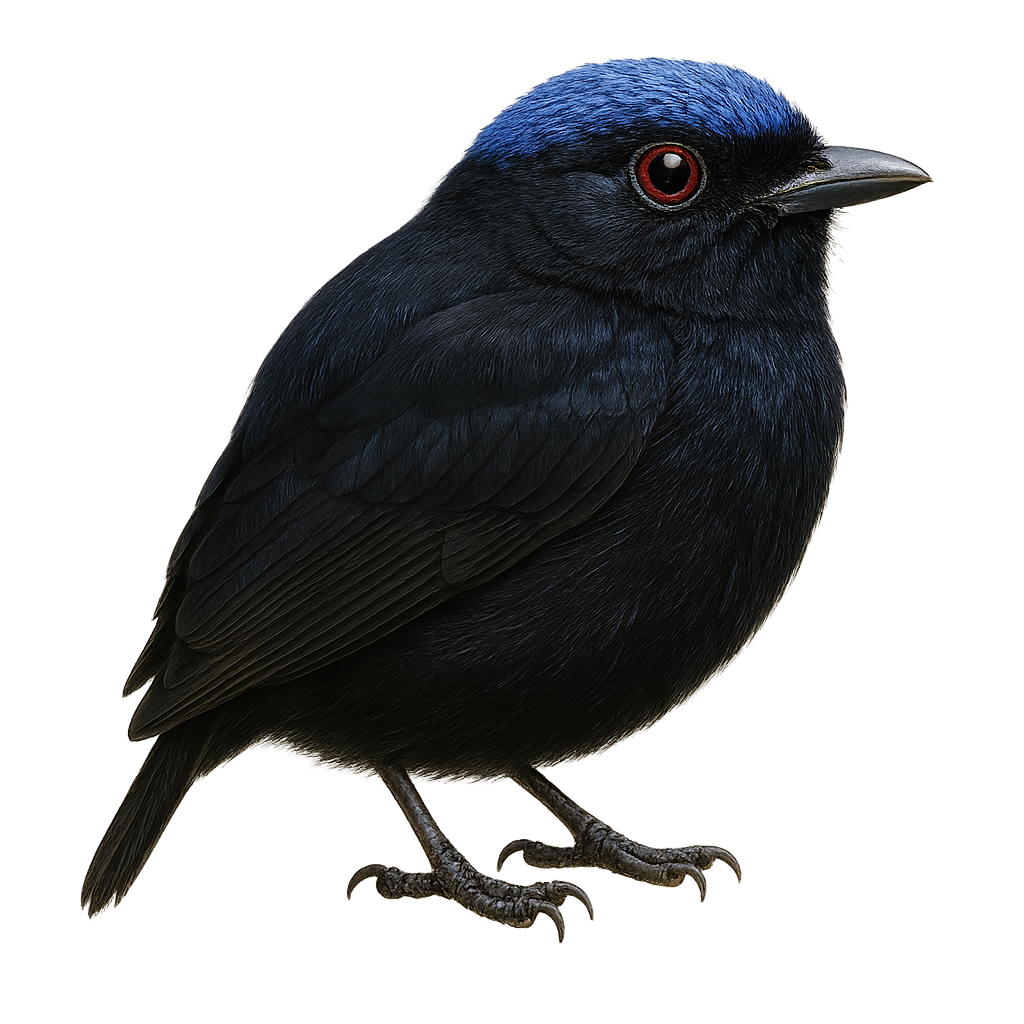Your wildlife photography guide.
Explore the velvety manakin in detail, study its behavior, prepare your shots.
Where to observe and photograph the velvety manakin in the wild
Learn where and when to spot the velvety manakin in the wild, how to identify the species based on distinctive features, and what natural environments it inhabits. The WildlifePhotographer app offers tailored photography tips that reflect the velvety manakin’s behavior, helping you capture better wildlife images. Explore the full species profile for key information including description, habitat, active periods, and approach techniques.
Velvety Manakin
Scientific name: Lepidothrix velutina

IUCN Status: Least Concern
Family: PIPRIDAE
Group: Birds
Sensitivity to human approach: Suspicious
Minimum approach distance: 10 m
Courtship display: March to April
Incubation: 18-20 jours
Hatchings: March to May
Habitat:
Humid tropical forests, dense undergrowth
Activity period :
Primarily active during the day, with peak activity in the morning and late afternoon.
Identification and description:
The Velvety Manakin, or Lepidothrix velutina, is a small bird belonging to the Pipridae family. It is primarily found in the humid tropical forests of South America, particularly in Colombia and Venezuela. This bird is distinguished by its glossy black plumage in males, while females display more subdued olive-green tones. The Velvety Manakin is known for its spectacular courtship displays, where the male performs complex dances to attract the female. It primarily feeds on fruits and insects, playing a crucial role in seed dispersal. Despite its beauty, it remains relatively discreet and difficult to observe in its natural habitat.
Recommended lens:
400mm – adjust based on distance, desired framing (portrait or habitat), and approach conditions.
Photography tips:
To photograph the Velvety Manakin, it is advisable to use a 400mm lens or longer to capture detailed images without disturbing the bird. Look for areas where males perform their courtship displays, often in clearings or open undergrowth. Patience is key, as this bird can be difficult to spot. Use a tripod to stabilize your camera and wait for the bird to perch on an open branch. Take advantage of the natural morning light to achieve vibrant colors and good contrast.
The WildlifePhotographer App is coming soon!
Be the first to explore the best nature spots, track rutting seasons, log your observations, and observe more wildlife.
Already 1 431 wildlife lovers subscribed worldwide

